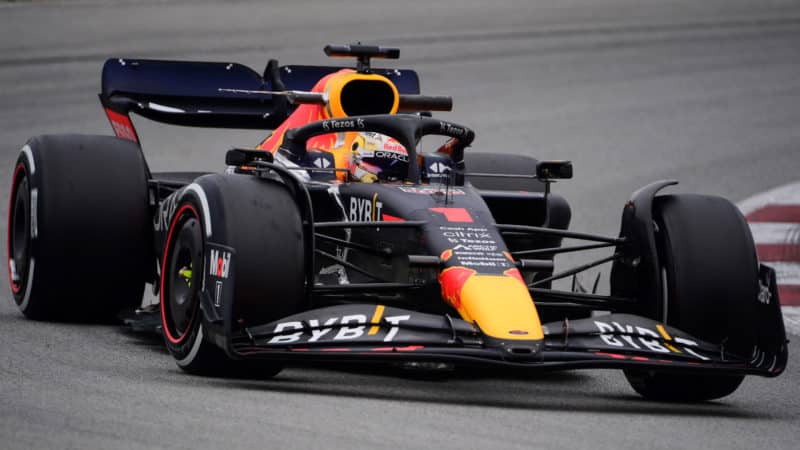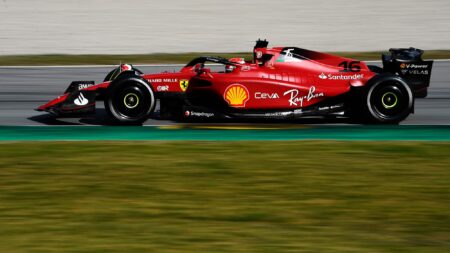What we have seen is that the Ferrari is running very reliably and is competitively quick in the power sections. It has racked up the laps and got through its programme perhaps better than anyone else, even in between controlling the porpoising as best they can. At the time of writing it’s shown the best pace – Charles Leclerc’s McLaren-matching time was done at the beginning of a much longer run – with the McLaren and AlphaTauri the next best.
As yet the Mercedes is a long way off, the Red Bull even further. But it really means nothing. The Aston Martin is somewhere in between those two, the Alpine’s true pace has been even more heavily disguised than the others on account of a non-functioning DRS and what is suspected to be a very conservative power unit setting. The Alfa has been destroying floors and gearboxes, so severe is the porpoising but Valtteri Bottas is encouraged by its general feel and balance. Alex Albon is similarly upbeat about the Williams, though it’s not shown any form yet.
That’s how the F1 competitive order stands as the world order is seemingly in a state of flux. Let’s hope world events make it possible to continue to play in something so unimportant.



